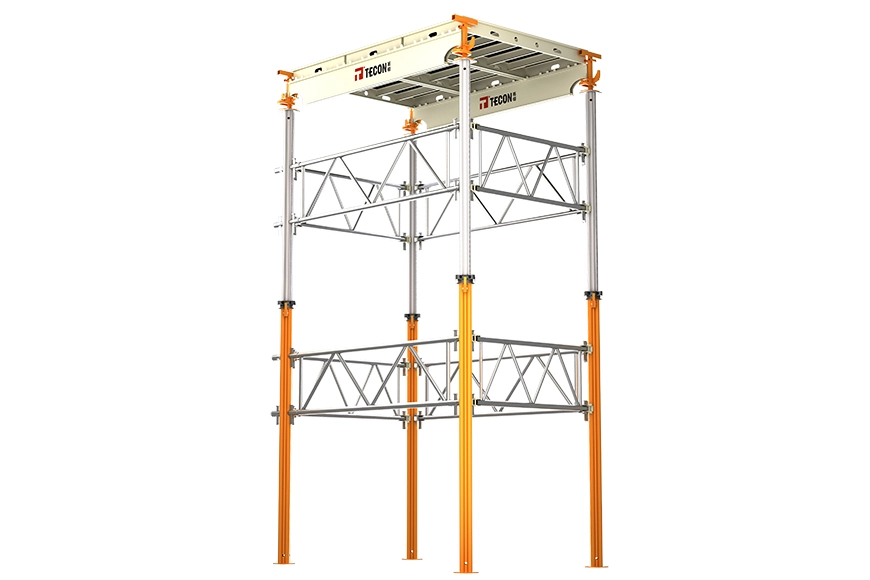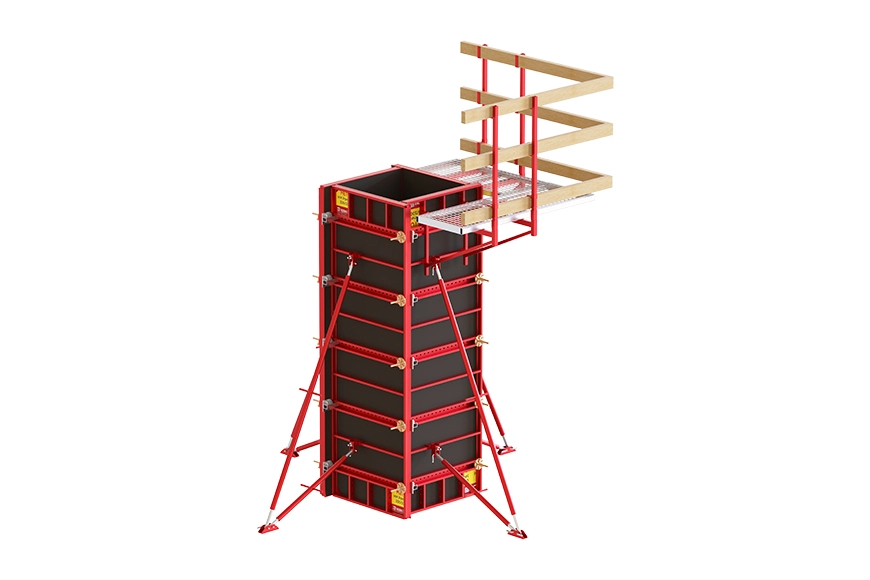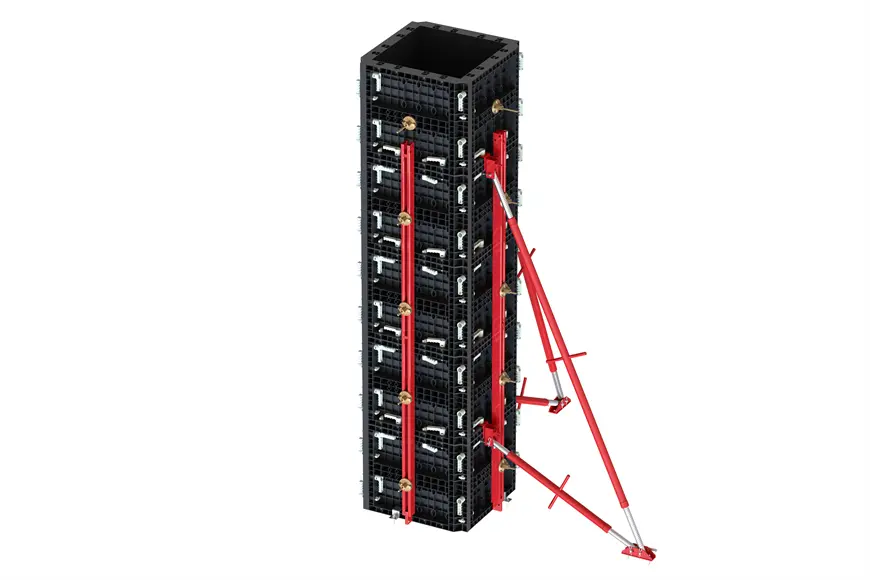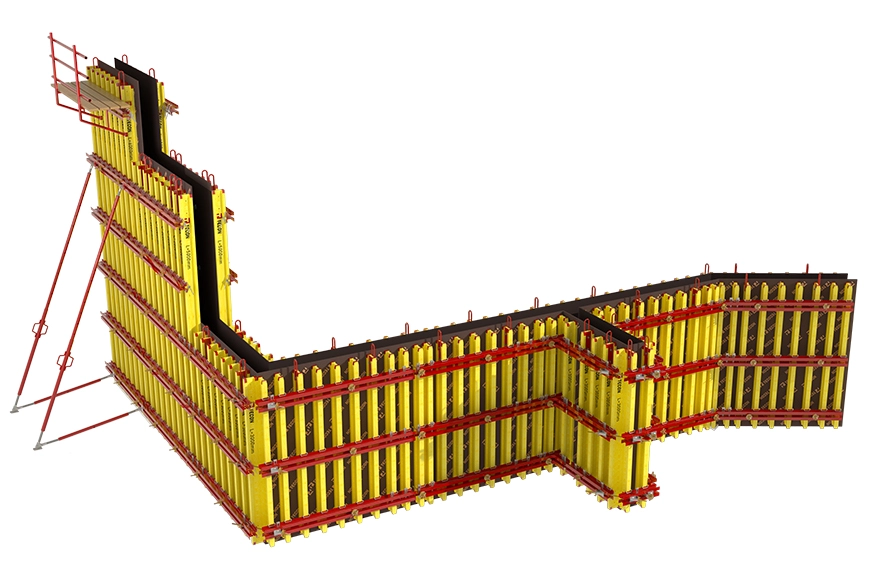In the construction industry, the choice of building shutterings is related to the quality, cost, and efficiency of the project. The commonly used building shutterings include wood templates, steel templates, and aluminum templates, each with its own advantages and disadvantages. Do you know which type of building shuttering offers the best value for money?
Wood building shutterings are known for their low cost, ease of processing, and light weight, making them suitable for small projects and residential construction. However, they have a low reuse rate, are susceptible to water and sunlight damage, easily deform, face significant environmental pressures, have high labor costs, long construction cycles, and overall high comprehensive costs.
The steel shuttering for sale, with its high strength, durability, and flatness, has become the first choice for large projects, suitable for standardized construction. They require substantial initial investment and equipment for transportation and construction, with complex operations.
Aluminum building shutters are characterized by their lightweight, high strength, and flexibility in assembly and disassembly. They offer good stability and high load-bearing capacity. However, aluminum building shutters have a high initial one-time investment, are prone to bubbles during casting, are limited by design changes, and demand a high level of worker skill.
Reusable plastic formworks, as an emerging material, combine the lightweight nature of wood with the durability of steel, showing significant advantages in project implementation. Reusable plastic formworks have good weather resistance, corrosion resistance, easy demolding, which reduces maintenance costs, and high surface smoothness, further improving construction efficiency and final concrete quality. They are lightweight, do not require equipment for use, easy to carry and install, reducing worker labor intensity, and have a high safety coefficient. The reuse rate of reusable plastic formwork can reach 100 to 200 times or more, reducing long-term use costs.
From an economic benefit perspective, although the initial investment for reusable plastic formwork may be higher than that for wood templates, their high turnover rate and low maintenance costs provide a higher overall cost-effectiveness ratio. For example, reusable plastic formwork can be easily demolded without the use of demolding agents, reducing material and labor costs. Additionally, the 100% recyclability of reusable plastic formwork after scrapping further reduces environmental and economic burdens.
Overall, reusable plastic formworks, with their significant cost advantages, demonstrate strong competitiveness in improving construction efficiency, ensuring project quality, and promoting environmental development. They not only bring direct economic benefits to construction enterprises but also drive the transformation and upgrade of the entire construction industry towards a more efficient, green, and sustainable direction.





